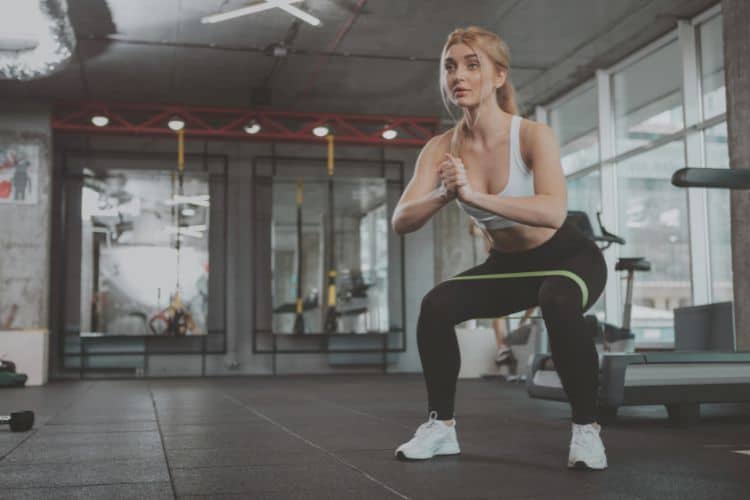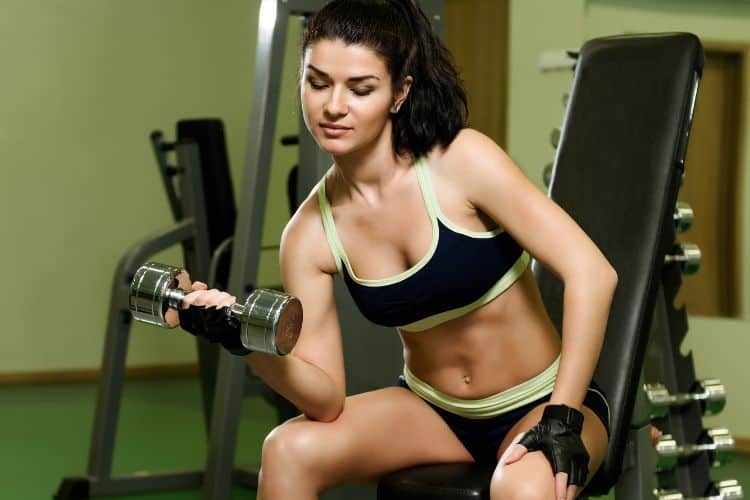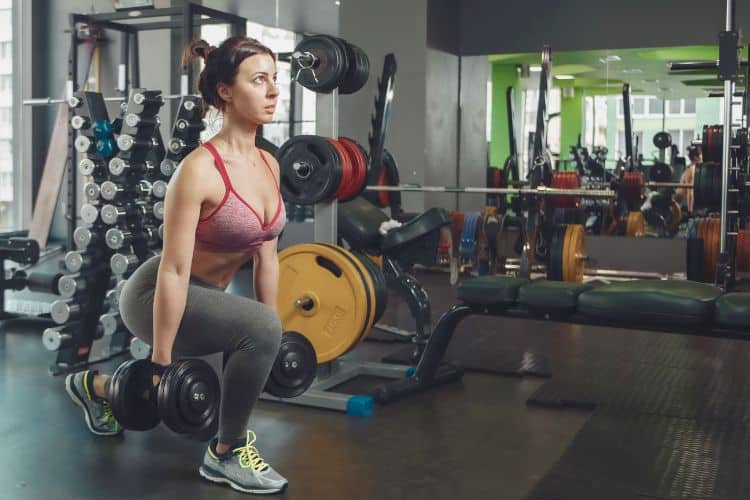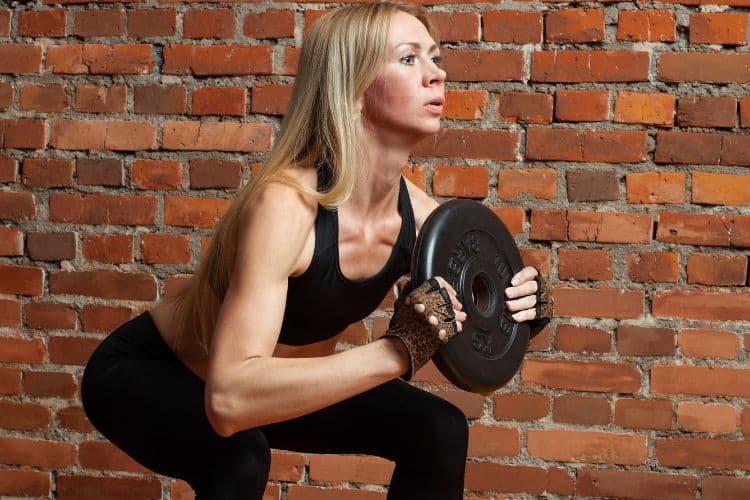Sign up for workout ideas, training advice, reviews of the latest gear and more.






When it comes to building a powerful and defined chest, few exercises rival the dumbbell flye. This classic move isolates the chest muscles, delivering targeted growth and improving your range of motion. Whether you’re training at home or hitting the gym, incorporating dumbbell flyes into your chest workout routine can bring serious gains. In this guide, you’ll discover how to perform dumbbell flyes correctly, their variations, benefits, and how to include them in a full chest workout.
Dumbbell flyes are an isolation exercise primarily targeting the pectoralis major. Unlike pressing movements, which recruit the triceps and shoulders heavily, flyes focus on stretching and contracting the chest through a wide arc of motion. The movement mimics a hugging action, making it one of the most effective ways to develop the inner chest.
Dumbbell flyes help isolate and stretch the chest muscles, improving definition, especially across the inner chest line. This is ideal for lifters aiming for aesthetic development.
The extended range of motion promotes flexibility in the shoulder and chest, reducing the risk of stiffness or injury.
Since dumbbells require individual arm control, flyes activate stabilizer muscles in the shoulders and arms, contributing to overall upper body strength.
Working with dumbbells ensures that each side of the body works equally, helping to correct muscular imbalances often caused by barbell pressing.
Overloading reduces the range of motion and increases injury risk. Use a manageable weight to ensure full chest engagement.
Turning the movement into a press defeats the purpose. Maintain a constant elbow angle throughout.
Going too deep can lead to shoulder injuries. Keep the motion smooth and controlled.
Keep your core tight and lower back in contact with the bench to avoid unnecessary strain.
To keep your workouts dynamic and hit the chest from different angles, try these effective dumbbell flye variations:
Muscles Targeted: Upper chest
How to Do It: Perform the flyes on a 30–45° incline bench. This shifts the emphasis to the upper chest and front delts.
Muscles Targeted: Lower chest
How to Do It: Set the bench at a slight decline. This version targets the lower pectorals and can help fill out the bottom of your chest.
Muscles Targeted: Chest and delts
How to Do It: Stand upright, hold dumbbells at your sides, and lift them in front of you in a hugging motion. Less popular but functional for core activation.
Muscles Targeted: Core, chest, and balance
How to Do It: Replace the bench with a stability ball to engage the core and stabilizer muscles more intensely.
Muscles Targeted: Chest and arms
How to Do It: Loop bands under the bench or around a fixed point while holding dumbbells. The resistance increases through the range of motion, boosting time under tension.
| Aspect | Dumbbell Flyes | Dumbbell Press |
|---|---|---|
| Type | Isolation Exercise | Compound Exercise |
| Muscles Targeted | Pectorals | Chest, triceps, delts |
| Joint Stress | Less elbow involvement | More joint strain |
| Range of Motion | Greater stretch in chest | Limited ROM, more pressing strength |
| Strength Building | Great for definition | Better for strength and size |
In a complete chest program, both exercises serve different roles and are best used in combination.
This chest routine combines presses and flyes for optimal growth and definition:
Compound strength movement to start strong.
Target the upper chest for a fuller look.
Focus on stretch and contraction in the middle chest.
Add depth to the lower chest.
Finisher for stabilizer muscles and chest burnout.
Here’s how to incorporate flyes into different training plans:
Aim to do flyes 1–2 times per week, allowing 48 hours of recovery between sessions.
You don’t need a full gym setup to do flyes. Here’s a minimalist home version:
Home Flye Workout Example:
Dumbbell flyes are a timeless exercise for anyone serious about building a defined and strong chest. By focusing on form, using the right variations, and integrating flyes into a balanced routine, you’ll unlock better pec development, improve muscle control, and boost upper body aesthetics. Whether you’re a beginner or seasoned lifter, flyes are a smart addition to your chest training arsenal.
Flyes are great for definition but lack the heavy resistance of presses. Use them in combination with pressing movements for mass.
Benches allow greater range of motion, but floor flyes are safer for beginners and still effective.
Most lifters perform flyes after presses to pre-fatigue the pecs and maximize hypertrophy.
Start light. Focus on control and contraction. Progress once you maintain perfect form through all reps.
Want more effective workouts?
Subscribe to our blog or follow us on Pinterest for new routines, challenges, and fitness tips!
Stay up to date on the latest women’s health, fitness and lifestyle trends and tips.